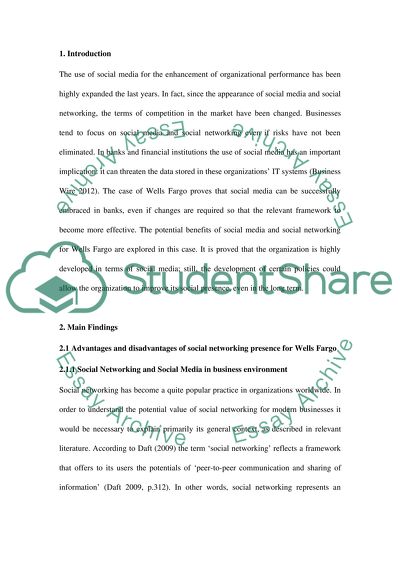Cite this document
(“Social Networking and Enterprise Essay Example | Topics and Well Written Essays - 2000 words - 1”, n.d.)
Social Networking and Enterprise Essay Example | Topics and Well Written Essays - 2000 words - 1. Retrieved from https://studentshare.org/marketing/1463071-social-networking-and-enterprise
Social Networking and Enterprise Essay Example | Topics and Well Written Essays - 2000 words - 1. Retrieved from https://studentshare.org/marketing/1463071-social-networking-and-enterprise
(Social Networking and Enterprise Essay Example | Topics and Well Written Essays - 2000 Words - 1)
Social Networking and Enterprise Essay Example | Topics and Well Written Essays - 2000 Words - 1. https://studentshare.org/marketing/1463071-social-networking-and-enterprise.
Social Networking and Enterprise Essay Example | Topics and Well Written Essays - 2000 Words - 1. https://studentshare.org/marketing/1463071-social-networking-and-enterprise.
“Social Networking and Enterprise Essay Example | Topics and Well Written Essays - 2000 Words - 1”, n.d. https://studentshare.org/marketing/1463071-social-networking-and-enterprise.


